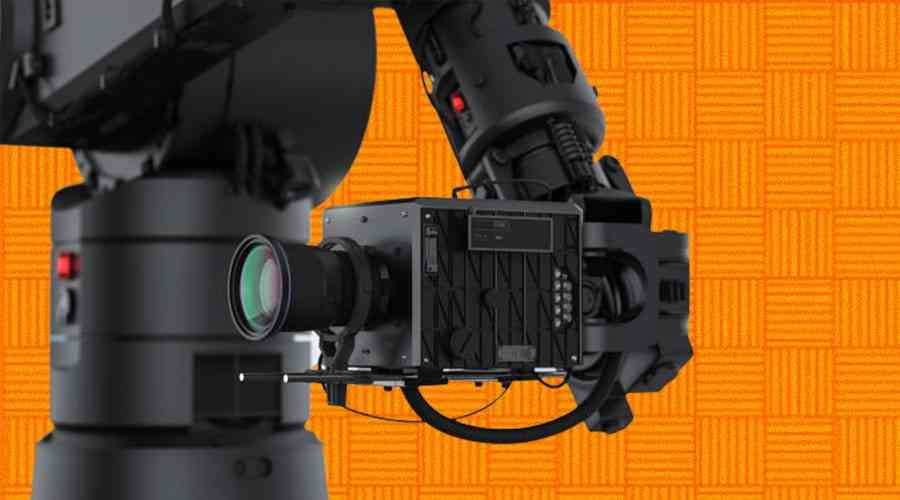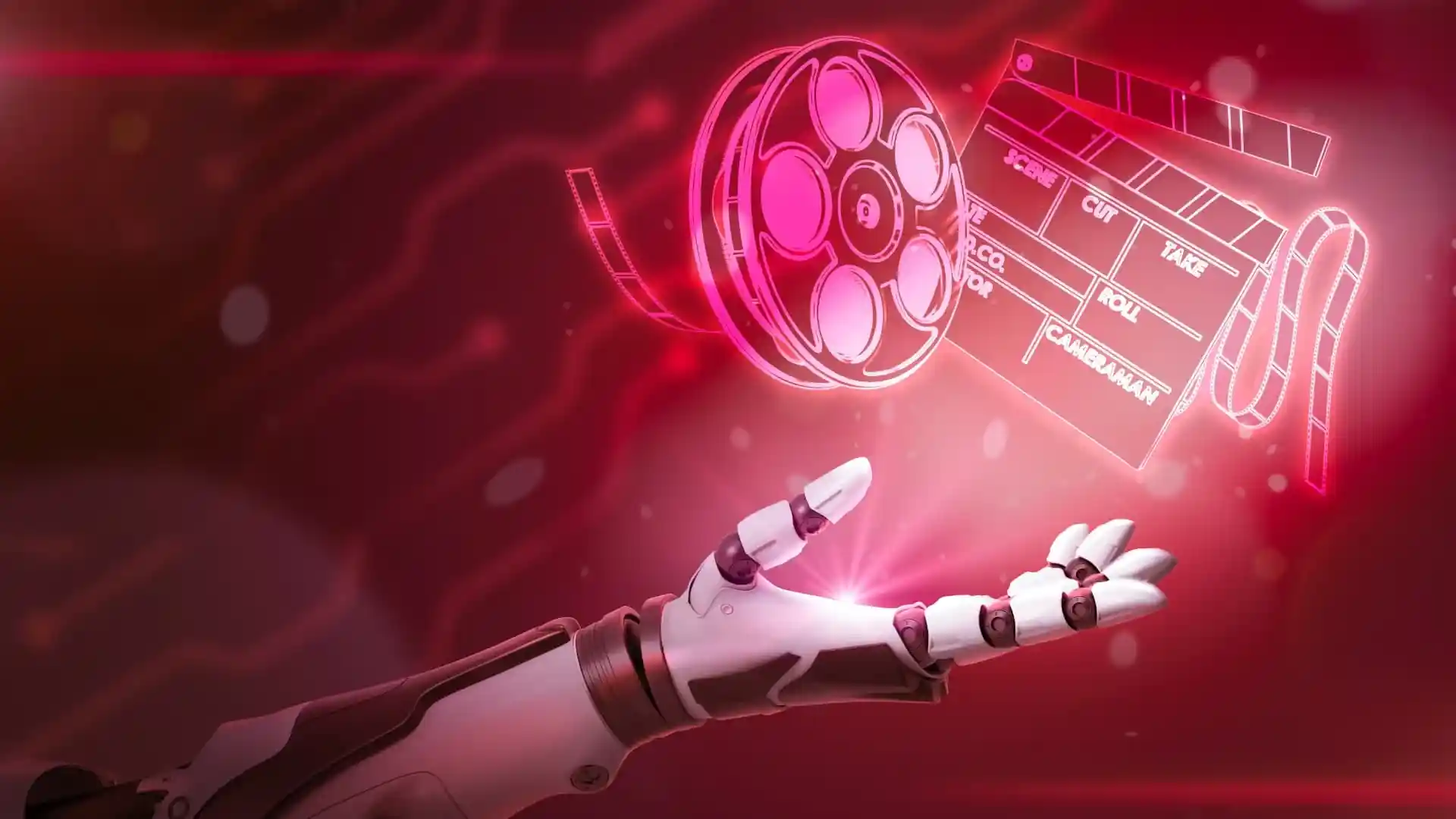"Revolutionizing the Silver Screen: The Pivotal Role of Technology in Filmmaking"

The world of filmmaking has undergone a radical transformation over the years, thanks to the relentless march of technology. From capturing images to post-production wizardry, technology plays a pivotal role at every stage of the filmmaking process. In this blog, we explore the profound impact of technology on the art and craft of filmmaking, from camera innovations to cutting-edge visual effects.
Camera Technology

The evolution of camera technology has been a driving force in shaping the visual language of cinema. From the early days of cumbersome film cameras to the advent of digital cinematography, filmmakers now have an array of tools that offer unprecedented flexibility and image quality. High-resolution cameras, low-light capabilities, and innovative stabilization techniques have empowered directors to capture scenes in ways that were once considered impossible.
Digital Filmmaking

The transition from traditional film to digital formats has revolutionized the industry. Digital filmmaking not only offers cost-effective solutions but also allows for greater flexibility in post-production. Filmmakers can now shoot extended takes, experiment with different angles, and achieve a level of visual precision that was challenging with traditional film.
Special Effects and CGI

Advancements in computer-generated imagery (CGI) have opened up new frontiers in storytelling. From breathtaking landscapes to fantastical creatures, CGI enables filmmakers to bring the extraordinary to life on the screen. This technology has been a game-changer in genres like science fiction and fantasy, allowing for the creation of immersive worlds that captivate audiences.
Editing Software

Film editing has been greatly enhanced by the development of sophisticated editing software. Digital editing tools provide editors with unprecedented control over pacing, transitions, and visual effects. This not only streamlines the editing process but also allows for more creative experimentation, resulting in films with intricate narrative structures and seamless visual storytelling.
Sound Design and Mixing

The immersive power of sound in filmmaking is often underestimated. Technological advancements in sound design and mixing have elevated the auditory experience for viewers. Dolby Atmos and other cutting-edge audio technologies enable filmmakers to create a three-dimensional sound environment, enhancing the emotional impact and realism of the storytelling.
Virtual Production

Recent innovations in virtual production techniques have transformed the way films are made. Technologies like LED walls and real-time rendering enable filmmakers to create realistic backgrounds and environments in-studio, reducing the need for extensive on-location shoots. This not only streamlines production but also offers a new level of creative control.
Distribution and Streaming

Technology has also reshaped the way films are distributed and consumed. The rise of streaming platforms has democratized access to diverse content, providing filmmakers with alternative avenues for showcasing their work. Digital distribution has also minimized the barriers to entry for independent filmmakers, allowing for a more inclusive and diverse range of voices in the industry.

As we stand on the cusp of a new era in filmmaking, driven by technological innovations, it's clear that the marriage of art and technology is at the heart of cinematic evolution. The dynamic interplay between creativity and technological prowess continues to shape the industry, pushing the boundaries of what is visually and narratively possible. The role of technology in filmmaking is not just about tools; it's about unlocking the boundless potential of storytelling on the silver screen.
FILMKAR
close- smart_toy Hello Filmmaker, Welcome to Filmkar.
- smart_toy For quick reply click on below listed queries.
- smart_toy How to Register
- smart_toy How to earn referral in Filmkar
- smart_toy sdfsdf
- smart_toy dsfdsfsdf
- smart_toy dfdsfdsf
- smart_toy dfsdsfsdf
- smart_toy dfsdsfdsf
- smart_toy gfgfdsf
- smart_toy If you have other query, pls enter it below. Thank You.